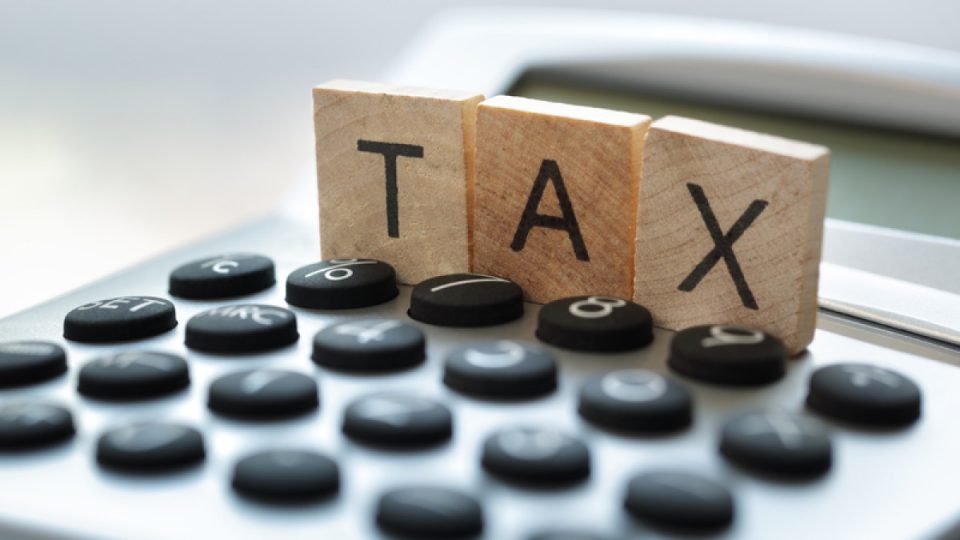On March 24, the Lok Sabha passed the Finance Bill 2023 with several amendments, including a marginal relief for those earning slightly above Rs 7 lakh starting from the next financial year.
Is the tax-free income limit of Rs 7 lakh only applicable under the new tax regime?
In Budget 2023, it was proposed to increase the maximum rebate under Section 87A of the Income Tax Act, 1961, from Rs 12,500 to Rs 25,000. Only taxpayers who file returns under the new tax regime can claim the tax refund. With the increase in tax rebates, individuals will not be required to pay any tax if their taxable income does not exceed Rs 7 lakh from FY24 onwards.
Tax rebate under Section 87A is only available to resident individuals other than Non-Resident Indians (NRIs), Hindu Independent Families (HUFs) and companies. The rebate is distinct from the basic exemption limit, which has also been raised from Rs 250,000 to Rs 300,000.
Therefore, if an individual earns more than Rs 3 lakh in a financial year, he must pay tax. However, taxpayers can claim a refund under the new tax regime without paying any income tax if the income is up to Rs 7 lakh.
However, when the taxable income exceeds Rs 7 lakh, even under Re 1, the entire amount above the basic exemption limit of Rs 3 lakh is taxable. In other words, income up to Rs 7 lakh will not be taxed, but if the income is Rs 700,001, then Rs 400,001 has to be taxed at the applicable rate. Therefore, the tax liability increases significantly for an increase in income of only Re 1.
The finance minister proposed an amendment to provide marginal relief to address the issue. It was explained that the tax liability would be zero if the taxpayer earns up to Rs 7 lakh. However, if the income is Rs 700,100, the tax liability is Rs 25,010. An extra income of Rs 100 leads to a tax of Rs 25,010.
Accordingly, the proposal for marginal relief is introduced.
The marginal relief is the difference between the excess tax liability and the amount over the threshold. This means the tax liability cannot exceed income exceeding Rs 7 lakh. In short, the marginal relief provided exceeds the Rs 7 lakh threshold.
The concept of marginal relief has been around since the introduction of the surcharge. Income tax surcharges are additional tax liability charges paid when income exceeds a certain threshold.
Surcharge rates vary by income level. A surcharge of 10% is levied if the income is between Rs 5 lakh and Rs 1 crore. For income of Rs 1 crore to Rs 2 crore, Rs 2 crore to Rs 5 crore and above Rs 5 crore, the surcharge rates are 15%, 25% and 37%, respectively.
However, in the Finance Bill 2023, the surcharge on revenue above Rs 5 crore has been reduced from 37% to 25%. Under the provisions of the Income Tax Act, marginal relief can be claimed after each surcharge.




